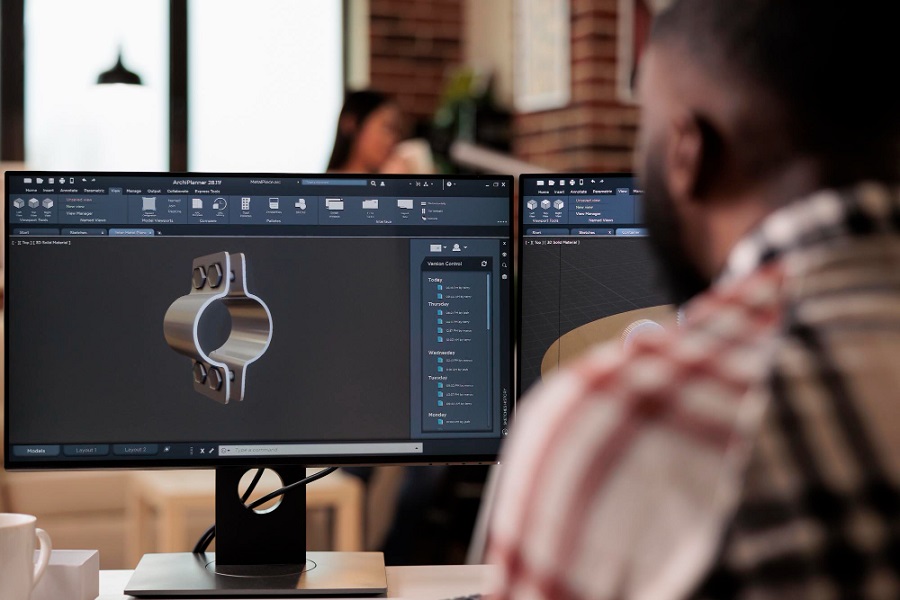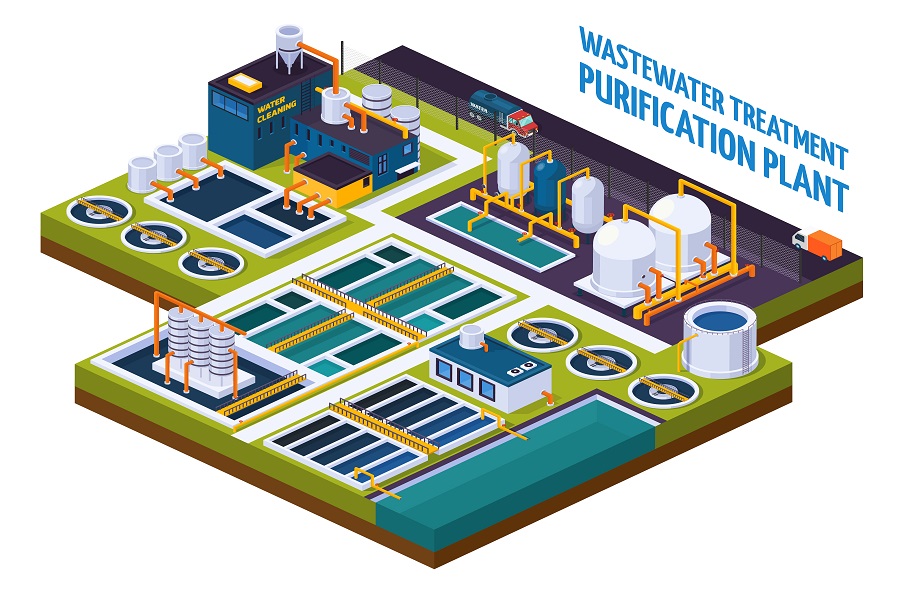A well-coordinated, clash-free design forms the backbone of any building structure. But as the number of disciplines (Architectural, Structural, Fire Safety, and MEP) and design elements increases, clashes are bound to happen. This may lead to a lot of rework as well as time and resource wastage. Building Information Modeling, with its clash detection and coordination capabilities, has the power to avoid, detect, and resolve clashes right at the pre-construction stage.
While often used interchangeably, clash avoidance, clash detection, and clash resolution are three different stages of BIM that play pivotal roles in ensuring a harmonious and error-free construction process. Embracing these stages within the BIM framework enhances collaboration, minimizes errors, and contributes to efficient and cost-effective building construction.
In this blog, we’ll help you understand the key differences between all three terms, along with their distinct roles and the collective impact, so that you can use them effectively in your construction projects.
Clash Avoidance: Building Harmony Right from the Start
As the name suggests, Clash Avoidance is a proactive approach to prevent clashes – much before they occur. It involves early collaboration among architects, engineers, and contractors to during the design phase to prevent conflicts before they arise.
Key Features
- Early Collaboration: Clash Avoidance starts early and aims to identify and resolve potential clashes before the construction phase begins.
- Continuous Communication: Effective communication among team members is crucial for Clash Avoidance. Regular meetings and discussions are essential for the effective exchange of information, ensuring that all stakeholders are aware of the design intent and potential conflicts.
- Use of BIM Tools: Clash Avoidance leverages Building Information Modeling (BIM) tools for real-time collaboration, 3D visualization, and clash prevention.
- Integrated Design: This approach promotes an integrated design where various disciplines work together to create a seamless and clash-free building model. It involves addressing design constraints, spatial requirements, and potential clashes early in the project lifecycle.
Clash Detection: Unveiling Hidden Challenges
When the various BIM Models are merged into one comprehensive model, clashes are bound to happen. BIM Clash Detection is the next step that comes into play. This stage involves using BIM tools, like Autodesk Navisworks, ArchiCAD, and Trimble Connect, to automatically scan the building model for clashes or intersections between different elements. The software compares the spatial coordinates of all the elements within the 3D model to bring potential issues to light before the construction phase begins.
For example, detecting an HVAC unit that might be intersecting with a structural beam or a duct clashing with a wall. If left undetected and unresolved, these clashes can lead to significant project delays and costly reworks at the time of construction.
Key Features
- Automated Scanning: Clash Detection relies on automated scanning of the building model using BIM software. The software identifies clashes by detecting overlaps or inconsistencies in the spatial relationships between various elements.
- Multidisciplinary Analysis: Clash Detection is a multidisciplinary analysis considering all building components, including architectural, structural, and MEPF (Mechanical, Electrical, Plumbing and Fire Protection) systems. This comprehensive approach ensures that clashes across disciplines are identified to be addressed.
- Visualization: BIM tools provide visualization features, allowing stakeholders to view and navigate the clash results in a 3D model. This visual representation aids in better resolution of clashes.
- Reporting: Clash Detection generates detailed reports highlighting the nature and location of clashes. These reports serve as a roadmap for resolving conflicts and provide valuable insights for decision-making.
Clash Resolution: Collaborative Problem-Solving
Clash Resolution is a collaborative process that involves resolving identified clashes or conflicts within the building model. It requires effective communication, decision-making, and coordination among project stakeholders.
Key Features
- Collaborative Meetings: Effective clash resolution requires collaborative meetings with stakeholders. Architects, engineers, contractors, and subcontractors from different disciplines come together to discuss and resolve clashes. Software like BIM 360 and Revizto help teams located at various locations to seamlessly work together to resolve clashes.
- Prioritization: Not all clashes are of equal importance. Clash Resolution involves prioritizing clashes based on their impact on construction, cost, and schedule. Critical clashes that may lead to construction delays or errors are addressed first.
- Iterative Process: Clash Resolution is an iterative process that may involve multiple rounds of coordination and modification. Stakeholders may have to run the design through clash detection software multiple times to adjust the design, reroute systems, or make other necessary changes in the model to create a clash-free design.
- Documentation: As clashes are resolved, documentation is crucial to track changes and decisions. Keeping a record of clash resolution activities ensures transparency and provides insights for future projects.
Clash Avoidance, Clash Detection, and Clash Resolution: The Difference
| Aspect | Clash Avoidance | Clash Detection | Clash Resolution |
| Objective | Proactively prevents clashes before they occur | Identify clashes in the 3D model during analysis | Resolves identified clashes in the model |
| Stage in Project | Pre-planning and design phase | Post-design, pre-construction phase | During the construction or coordination phase |
| Focus | Minimizing clashes by coordinating elements | Identifying clashes between model components | Actively solving and correcting clash issues |
| Automation | Relies on rules, standards, and collaboration | Involves automated tools for clash detection | May involve manual intervention and decisions among stakeholders |
| Timing | Occurs before clashes manifest on site | Detects clashes in the model before construction | Takes place during the construction phase |
| Benefit | Reduces rework and changes during construction | Identifies clashes early, saving time and costs | Ensures no clashes to be resolved on-site |
| Role in BIM | Integral part of BIM strategy for coordination | Key element in BIM, helps ensure model accuracy | Part of the collaborative process to achieve clash-free construction |
| Collaboration Level | Collaborative approach among team members | Team collaboration, involving multiple stakeholders | Requires collaboration between disciplines to implement solutions |
The Bottom Line
As the construction industry continues to evolve, the emphasis on clash management remains paramount. It is the easiest way to deliver high-quality, coordinated designs that stand the test of time. Integrating BIM clash detection tools into the design and construction process not only streamlines clash detection but also prevents costly errors, rework, and delays, leading to a more efficient and successful construction project.
At Enginerio, we are powered by a team BIM coordination and clash detection experts who can help you improve the efficiency and efficacy of your designs. Our proficiency in BIM software has helped us deliver top-notch clash avoidance services to our numerous international clients. Our clash detection experts can swiftly identify and resolve conflicts to reduce costs, enhance safety, and improve profitability.
Hire our BIM Coordination and Clash Detection Experts to perfect your designs and construction process. Contact us today for a free quote!






